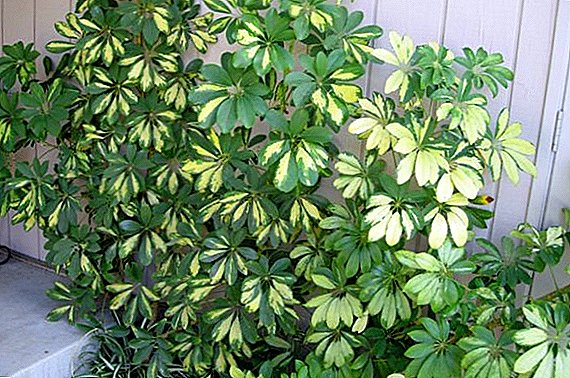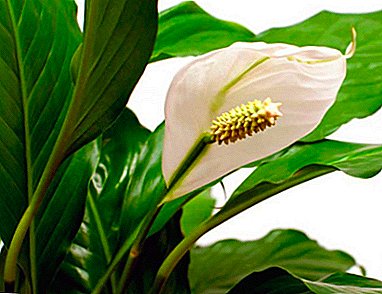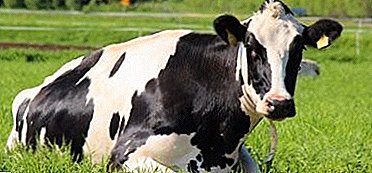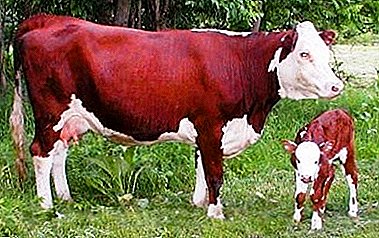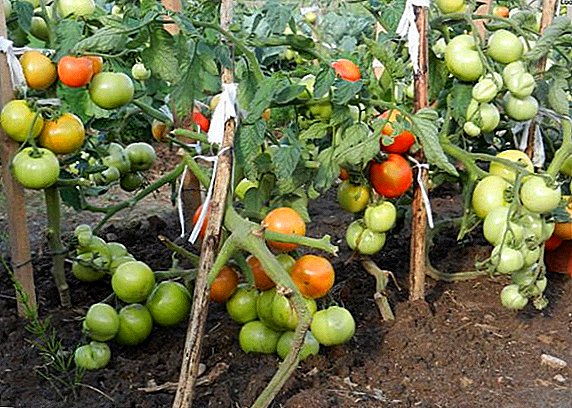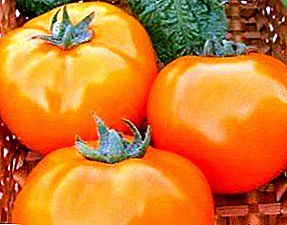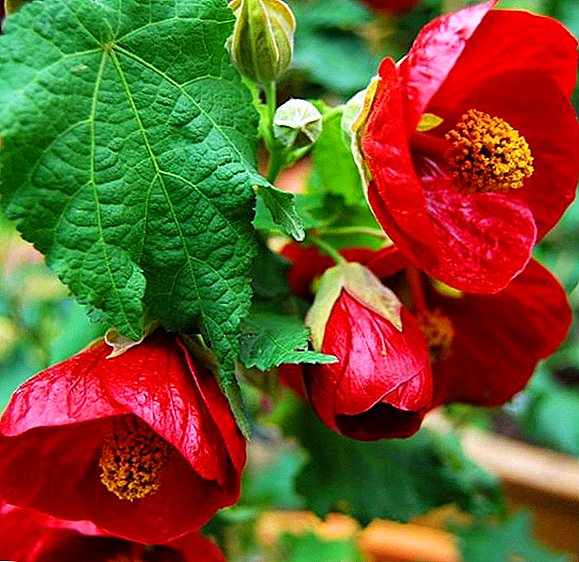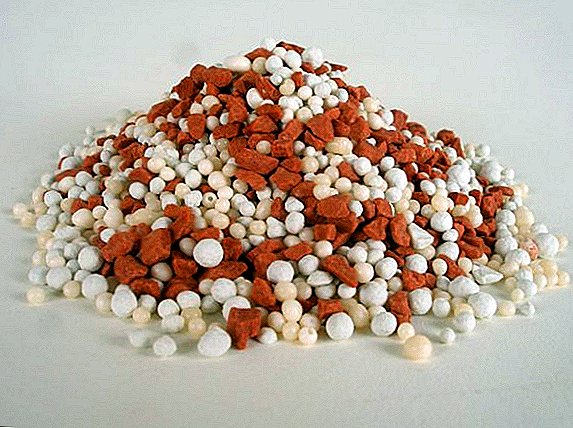 Phosphoric fertilizers are nutrients that are indispensable in agronomy, and today we will look at what they are, what types of these compounds exist, and also study their names. Let's try to figure it out. phosphorite application rules on our garden and garden plots.
Phosphoric fertilizers are nutrients that are indispensable in agronomy, and today we will look at what they are, what types of these compounds exist, and also study their names. Let's try to figure it out. phosphorite application rules on our garden and garden plots.
What it is?
Phosphoric top dressing belong to the group of mineral compounds. This is one of the basic nutrients that increase the quality and yield of plantings. The chemical element "phosphorus" is a component of DNA and RNA and many other components that contribute to the development and fruiting of plant crops. In addition, "phosphorus" is a triad of elements (along with nitrogen and potassium), vital for plant flora. Phosphorites have a beneficial effect on the generative organs of plants. Compared with potassium and nitrogen, which are responsible for the growth and taste properties of plant products, phosphorus exercises continuous control over exchange reactions in the plant body. Thus, phosphorus is an indispensable source of nutrition for all garden and garden plants, without exception.
Nitrogen and potash fertilizers, as well as phosphate fertilizers, are mineral fertilizers and are distinguished by a high concentration of nutrients.

With sufficient intake of phosphate rock, growth and development of planting proceed faster. However, some cultures need more phosphorus, others less. But even if the fertilizing was introduced into the soil in an excessive amount, it will not damage the plantings. This is due to the fact that plants absorb phosphate nutrients in exactly the amount they need.
Did you know? The lack of phosphorus can adversely affect the plantings, and in general the reproductive processes of the entire terrestrial flora. If suddenly all the phosphorus disappears from the soil composition, our planet will lose the future, the plant flora will be exhausted. In plants, seed formation will cease, in individual species, growth will slow down or stop completely. Due to the lack of phosphorus, even resistant cereal spikelets will turn into sod.

Causes and signs of phosphorus deficiency
To begin, consider The reasons why plants lack phosphorites:
- Heavy clay soil that inhibits fertilizer penetration deep into the ground. Phosphorus concentrates in the surface layer of the soil mixture and turns into heavily digestible substances.
- Ignoring the rules for the use of phosphate-potassium fertilizers.
- Intensive tillage, leading to poor functioning of soil microflora.
- Inorganic method of soil harrowing.

Knowing the symptoms of phosphorus deficiency, you can quickly rectify the situation, bringing them in proper quantity. The following are common signs of phosphorus starvation:
- the above-ground parts of the landings first acquire a dark green and then a purple-violet color;
- the appearance of the leaf plates changes, the foliage crumbles prematurely;
- on the lower leaves necrotic transformations and dark formations are observed;
- the plant becomes low and tucked;
- the rhizome is formed weakly, the stem "falls out" of the soil.
Types and rules for the introduction of phosphate fertilizers
In order to choose the right phosphate fertilizers, it is important to know the value of each type and the rules for their use. Therefore, we turn to the consideration of the classification of phosphorites. 
Simple superphosphate
Simple superphosphate - well unsaturated, easily soluble mineral compound in water. The composition of the fertilizer includes only 16-20% of phosphorus. Other components of simple superphosphate are calcium, sulfur and magnesium. Fertilizer is suitable for adding to any type of soil. Simple superphosphate promotes excellent growth of crops such as cereals, legumes, cruciferous. The use of this phosphorus has a beneficial effect on the planting of potatoes, carrots, beets, flax, onions, as well as turnips and radishes. Top dressing has a powdery look or the form of granules.
Making options:
- the main part is better to make in the autumn (September) or spring (April) digging, to the depth of soil cultivation;
- when sowing or planting - in the holes, grooves, pits (in May);
- as a top dressing (suitable June, July, August).

Superphosphate enriched
Enriched superphosphate - granulated mineral phosphate dressing. It is a mixture of various calcium phosphate compounds. More than 95% of P2O5 is in top dressing in an assimilable form, and more than 50% is in water soluble.
The enriched superphosphate is used on all types of soil as the main pre-sowing, sowing fertilizer, and also as a top dressing. Most effective on alkaline and neutral soils. It can be used in protected soil conditions.
Important! In the acidic earth, phosphoric acid of superphosphate enriched is converted into phosphates of aluminum and iron that are difficult to reach for plants. Therefore, it is important to pre-mix fertilizer with phosphate flour, limestone, chalk, humus.Terms of entry. This type of phosphate is usually used in the main application. The use of enriched superphosphate is especially effective when a combination of basic and pre-sowing is applied. In order to obtain a high-quality and rich harvest of potatoes, sugar beet, corn, flax, grains, vegetables and other crops, it is advisable to combine the addition of enriched superphosphate in the basic fertilizer before sowing with a small part of it in the wells and rows when sowing.

Double granular superphosphate
Double granulated superphosphate includes a double dose of phosphorus (42-50%). This nutrient is applied to all crops, but its specific consumption must be proportionally reduced by half. Usually this element fertilizes fruit trees and shrubs.
Dosages of double granulated superphosphate:
- for young apples up to 5 years old - 60-75 g per plant;
- for adult apple trees 5-10 years old - 170-220 g;
- for stone fruits (apricot, cherry, plum) - 50-70 g per tree;
- for currants and gooseberries - 35-50 g per shrub;
- for raspberries - 20 g per square. landing meter.
Important! Remember the important rule when working with superphosphates: never mix them with chalk, urea, ammonium nitrate and lime.

Phosphoric Flour
In the composition of phosphate rock is 20-30% of phosphorus. Top dressing has a difficult formula for plant flora, but this is more of a virtue than a disadvantage. Due to this fact, phosphate rock works perfectly on acidic soils (peat or podzolic). The acidic environment perfectly converts the phosphorus to a form suitable for plants.
Rules for the use of phosphate rock. Phosphate flour is not diluted in water, it is used only for autumn digging. The effect of using this fertilizer is not immediately noticeable, but only 2-3 years after application. 
Precipitate
Precipitate - Another kind of saturated phosphoric feeding. The compound is unable to dissolve in water, but is well diluted in organic acids. Fertilizer is suitable for a variety of soil types. The precipitate is available in powder form, the color of the compound is light with cream notes. Fertilizer does not possess the property of clogging and is perfectly blown away in the air (under the influence of wind).
The precipitate is the first phosphorus-based fertilizer. Almost half (40%) it consists of phosphorus.
Application Method. The precipitate is an indispensable additive for all types of garden and garden crops. It is added to the basic mixtures conceived feeding. Mix thoroughly and in this form contribute to the territory of the garden. 
Benefits of using
Analysis of phosphate fertilizers demonstrated that their use has significant advantage for garden and garden crops. In particular, it is:
- yield increase;
- increasing the resistance of plants to various ailments;
- high shelf life of fruits;
- multiplication and improvement of organoleptic coefficients.
Pork, cow, sheep, horse and rabbit manure are used to increase crop yields.Will consider phosphate benefits on the example of their impact on specific garden and garden crops:
- Grapes. Food phosphate significantly enhances the growth and development of the buds of grape fruit; increases the sugar content of the vine; berries ripen faster.
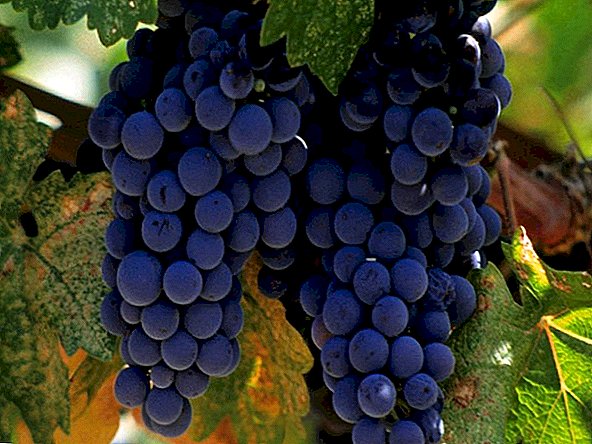
- Tomatoes . The supply of phosphorus enhances the growth of the root system of tomatoes from early seed development, increases sugar.
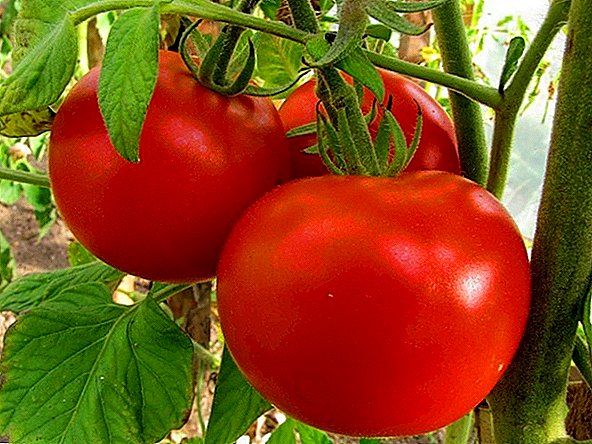
- Corn, Wheat. Phosphorites significantly increase the yield and increase the nutritional value.

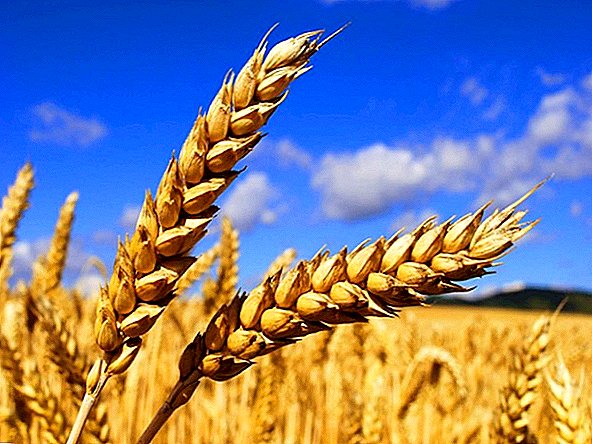
- Potatoes, legumes. Phosphoric elements increase yield, improve the quality of planting.
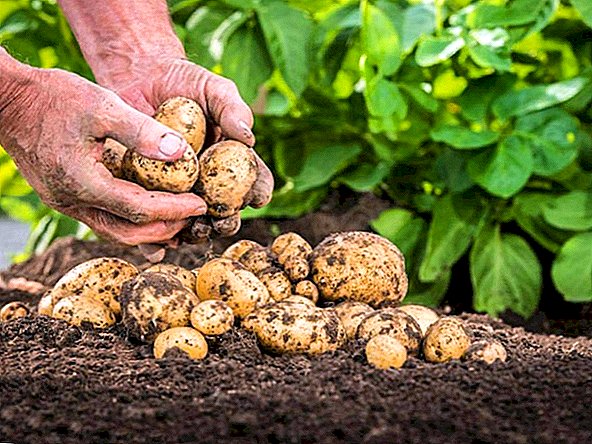

Did you know? The pioneer element "phosphorus" was a German alchemist scientist Hennig Brand. In 1669, the scientist decided to remove gold from human urine. By evaporation, cooling and heating of the biological fluid Brand synthesized a white powder glowing in the dark. The scientist decided that he created the "primary matter" of gold and called this powder "lightbearer" (which in Greek means "phosphorus"). When subsequent experiments with a new substance were not crowned with success, the alchemist began to sell this matter even more precious than precious gold.Fertilizing their landings, never forget about phosphorus. Making regular fertilizer phosphate fertilizers, you will avoid a lot of trouble and grow a rich harvest.








